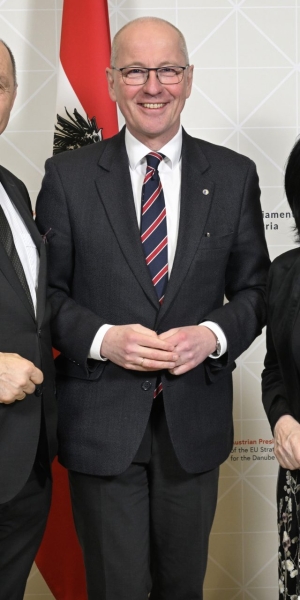
People of the Danube Delta
Following the discussion “Act together, act now!”, we are opening the exhibition “People of the Danube Delta” by the Romanian photographer Dragoș Lumpan. There are few people living in the Danube Delta: the population density is approximately 20 times lower than in the rest of Romania. Lumpan observed the inhabitants of the Delta, their lives and the environment, and documented them in unique photos.
The cemetery in Sulina is multi-ethnic: people from six religious denominations are buried here. Locals talk about the only pirate in Europe, about princes and princesses, and other important people buried in this cemetery.

The cemetery in Sulina
Ciprian and Fedea live in Periprava. Fedea was a car mechanic. Because of the changes in the 1990s, when many factories closed, he had to find another job. In Periprava, one of the few jobs you can find, if you don’t leave the Delta, is that of a fisherman. It’s a tough job: Ciprian and Fedea leave Periprava by boat at the beginning of the week and return only at the weekend. They stay on Suez Canal, between Lake Merhei and Lake Matita, on a small island where they have a hut. In the afternoon they spread the nets in the water. They get up at 3 a.m. and go to gather the fish from the nets. Then they have to sell the fish, clean the nets and prepare them to spread them again. In this image, they are in front of their hut preparing a meal.

Ciprian and Fedea
Fisherman Ciprian resting in the boat as he and his colleague Fedea go to gather the fish from the nets.

Ciprian
The beach in Sulina is not actually in Sulina. Rather, it is located approximately 3 km from Sulina. It is a wide beach with very fine sand, which every year grows by about 10 meters.

The beach in Sulina
After fishing, animal husbandry is the second most important occupation of the inhabitants of the Danube Delta, which evolved from a temporary activity into a permanent one at the end of the 19th century.

Animal husbandry
Mila 23 is a village in Crișan commune, accessible only by water. It is also called the “Village of Champions” because it is the place where the most Romanian kayaking and canoeing champions were born. Ethnically, the inhabitants are mostly Lipovan Russians. As dissenters from the Russian Orthodox Church, the Lipovans emigrated from Russia in the 18th century to escape persecution. The women from this image are part of a musical group; they usually sing old Russian songs, mostly for the tourists who are hosted in the guest houses of Mila 23. Tourism has developed more in recent years in the Danube Delta, as the decreasing amount of fishing and the subsequent need for fishermen led to the need to find other sources of income.

Women from Mila 23
Sfiștofca is a Lipovan village where, due to depopulation, less than 50 inhabitants live. At the beginning of the 20th century, about 500 people lived here.

Celebration in Sfiștofca
Ivan Patzaichin was the most decorated Romanian canoeist of all time. He was born in a Lipovan family in the village Mila 23. Between 1968 and 1984 he won seven Olympic and 22 world championship medals.

Ivan Patzaichin
Fish about to be prepared. Although there are increasingly less fish in the Danube Delta, it remains the traditional food. In the summer the locals make real efforts to find fish for tourists.

Still life
Celebration meal in a churchyard on Saint George’s Day in the village of Sfântu Gheorghe (Saint George).

Saint George’s Day in Sfântu Gheorghe


